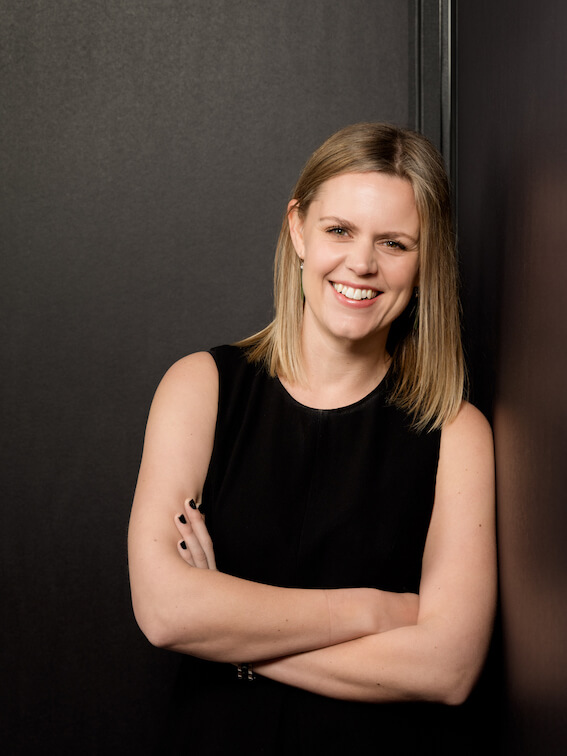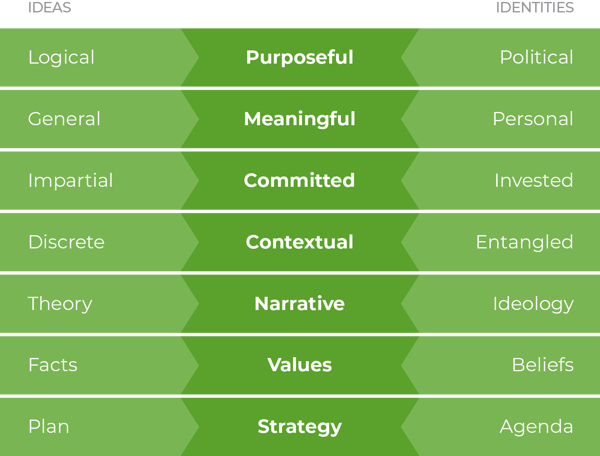4 min read
Facilitating difficult groups: 6 lessons I learned the hard way
 Alicia McKay
Dec 15, 2020 12:00:00 AM
Alicia McKay
Dec 15, 2020 12:00:00 AM
When I was 22 years old, a graduate policy wonk in my first real job, I was tasked with my first strategic planning assignment. The brief: prepare a “Biodiversity Action Plan” for the district, acting on Council’s behalf.
I was handed a preselected working group – farmers, landowners, industry representatives, environmental protection groups, regional and central government - and told to “get them to agree on a plan for the future”
… I think this is what’s known as a baptism by fire?
Either way, I set to my task with the kind of starry-eyed enthusiasm that only fresh grads have, and throughout a series of meetings, which weren’t all pleasant, we found our way.
That job taught me some of the most important lessons in my work as a facilitator, and I’ve drawn and built on those for the remainder of my career. On the face of it, it’s almost an impossible task, right? The representatives on my group had deeply entrenched positions, with a lot at stake. They had:
-
Wildly different ideas about what mattered most – in particular, the tension between economy and environment
-
Strong identities in their professional and personal roles—farmers in our district represented a long, multi-generational tradition of working the land for production, while our unpaid activists had dedicated their lives to protecting our native species.
In this project, I learned six lessons about facilitating a group with wildly different ideas and strong identities.
Lesson 1: Alignment is not agreement
From the outside, those positions looked untenable. How could we get people to agree, if it meant losing face on what mattered most to them?
Here’s the secret: alignment isn’t about agreement. It’s about productive disagreement. Real alignment, the stuff that brings diverse groups and communities together, is about productively disagreeing in a way that reaches consensus.
Lesson 2: Anger beats apathy
High-tension groups are great because they care. Anger beats apathy every time. People that bring loud, strong opinions to a room like that (which they did!) are passionate, which means they’re engaged.
Rather than working to convince a room of decision-makers why they should care, which is often the first hurdle, the facilitator’s role in that environment is to harness the energy for good.
So, how did we do it? How did we reconcile opposing ideas and competing identities, to reach a solution that worked for everyone?
Lesson 3: Facts and feelings are unhelpful
I would have wasted my time if I’d asked anyone to give up their position. While we all tend to believe that our beliefs are based on evidence, we’re generally wrong. Facts do not change feelings.
I could have tried, though, telling the environmentalists about the annual GDP contribution of the local farms, the number of jobs they create, and the town's dependence on supporting services and businesses. I could have stated the percentage of biodiversity loss to the farmers, outlined the forecast impact on the climate if we didn’t preserve balance in the ecosystem and explained the long-range impacts on the economy if we don’t become more sustainable.
But I didn’t.
So, did I try appealing to their emotions instead? Did I urge the compliance-focused regional council to think about how much they love using their lakes and rivers for recreation and tug on the heartstrings of the industry to restore the history of a lush Canterbury Plains?
No. Because those things don’t work. Both approaches require my participants to give something up. To admit that they’ve been wrong, and lose something.
Lesson 4: Find the sweet spot
Instead of focusing on our differences, this group progressed when they could focus on what made them the same. We find this in the sweet spot between ideas and identities. The sweet spot isn’t made of facts or feelings. It’s made of things like values and shared narratives.
This handy Meetings that Matter model helps us to see when we're in the sweet spot looks like:

While we couldn’t agree on what came first, the economy or the environment, there were some things we could furiously align on. Things like:
A deep respect for and connection to the land
and
A strong desire to preserve it for future generations, whether for farming, recreation, or the survival of native bush.
Working from there, we could focus on what we gained, not lost. We developed a set of shared values and created a shared narrative that looked to the future.
Lesson 5: Plans need principles, not positions
With our values and principles agreed upon and understood, the differences began to dissolve.
With a pathway for making decisions together, we were able to put aside the things that kept us apart and stay focused on what united us, so that we could:
-
Ensure everyone could access and enjoy what our natural environment has to offer, now and in the future
-
Maintain a strong quality of life in our district, supported by a thriving economy
-
Preserve what was special and unique about our place, so we could be proud of it
-
Take responsibility for our local area and owning our role in making those things a reality.
With those principles laid out clearly, people could commit to taking action in the unique space that brought them to life, without being asked to lose anything that mattered most to them.
Lesson 6: Facilitators are translators
When I train facilitators, I draw on this story and others and implore them to treat their role as a great privilege and responsibility.
Facilitators act as a bridge between worlds, translating their groups' ideas and identities into a safe, shared space. They hear what isn’t said, extract the commonalities and meaning from often heated statements, and bring those things together to create something new.
This is a special job, and it isn’t for the fainthearted—but once you master those skills, you can take them everywhere—family Christmas, arguments with your spouse and children, political tensions between friends.
With very few exceptions, people aren’t stupid or evil. They aren’t out to get you. The benefits of harnessing diversity in the way we think and the things we care about far outweigh the cons, even when we don’t always understand why others think the way they do—and as a facilitator, you get to experience that every time you walk into a room.
Pretty cool, eh?
Need more help? Check out Meetings that Matter!
Most workshops are talk-fests—all Post-It notes, no action. But it doesn’t have to be that way. In this value-packed course, learn about the missing ingredients that transform your workshops from toxic to transformational—and receive an incredible workbook packed full of tools, templates, and workshop exercises.